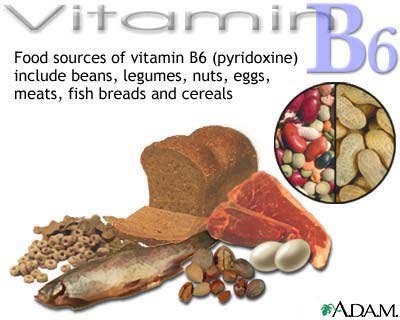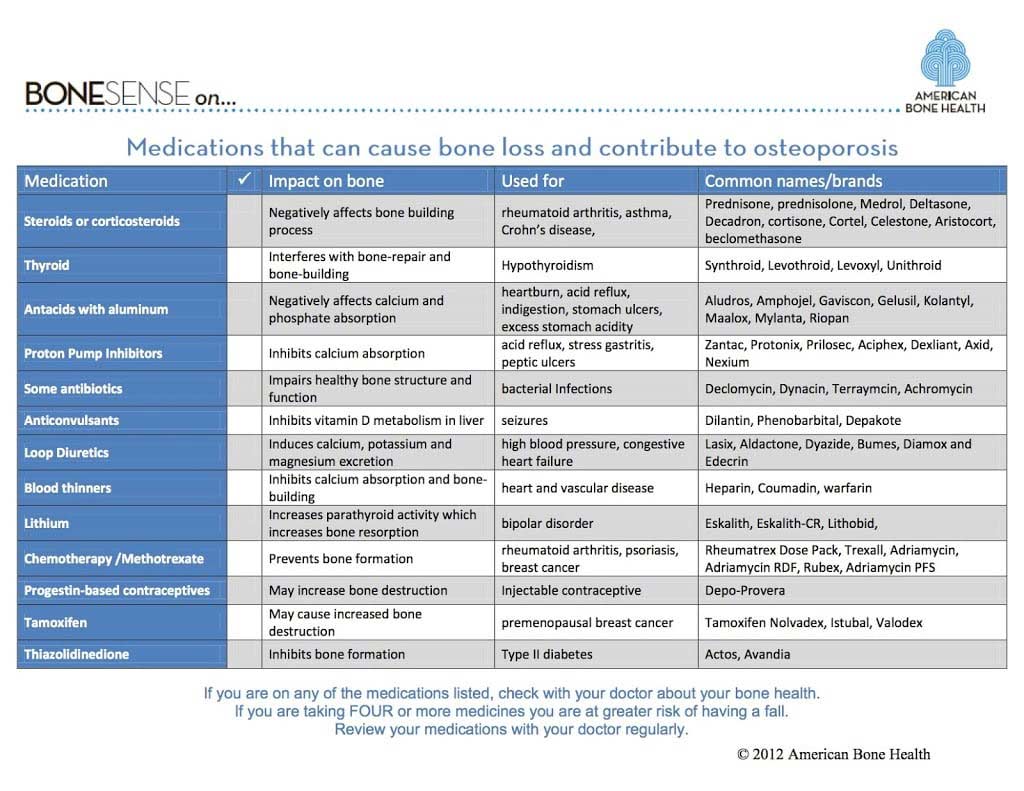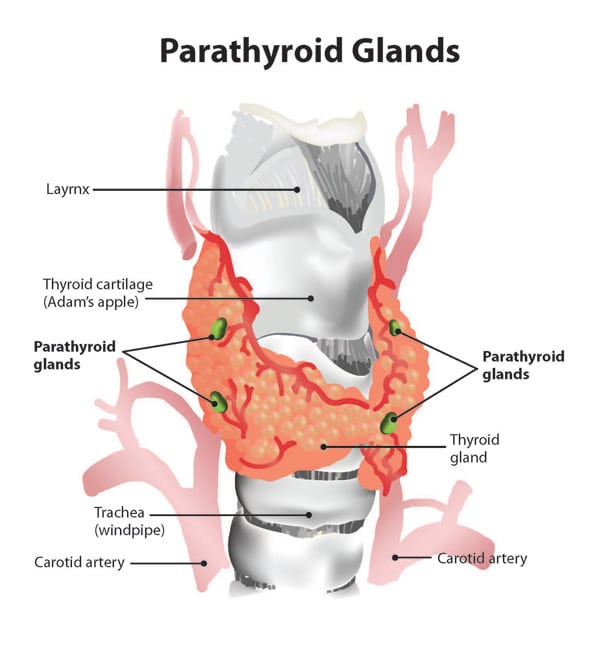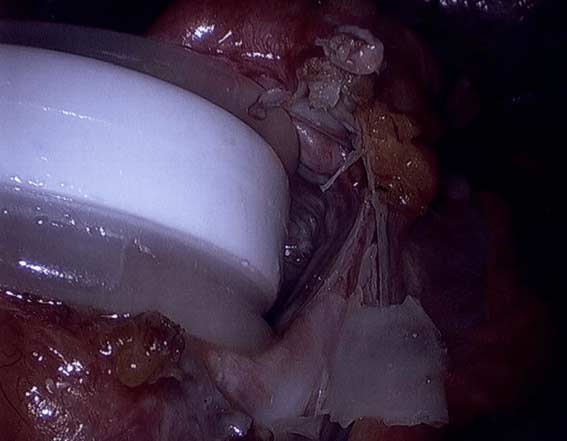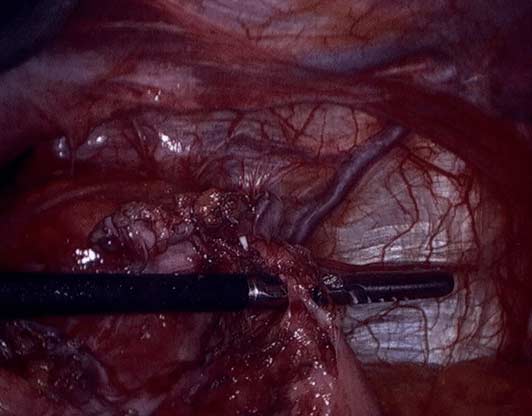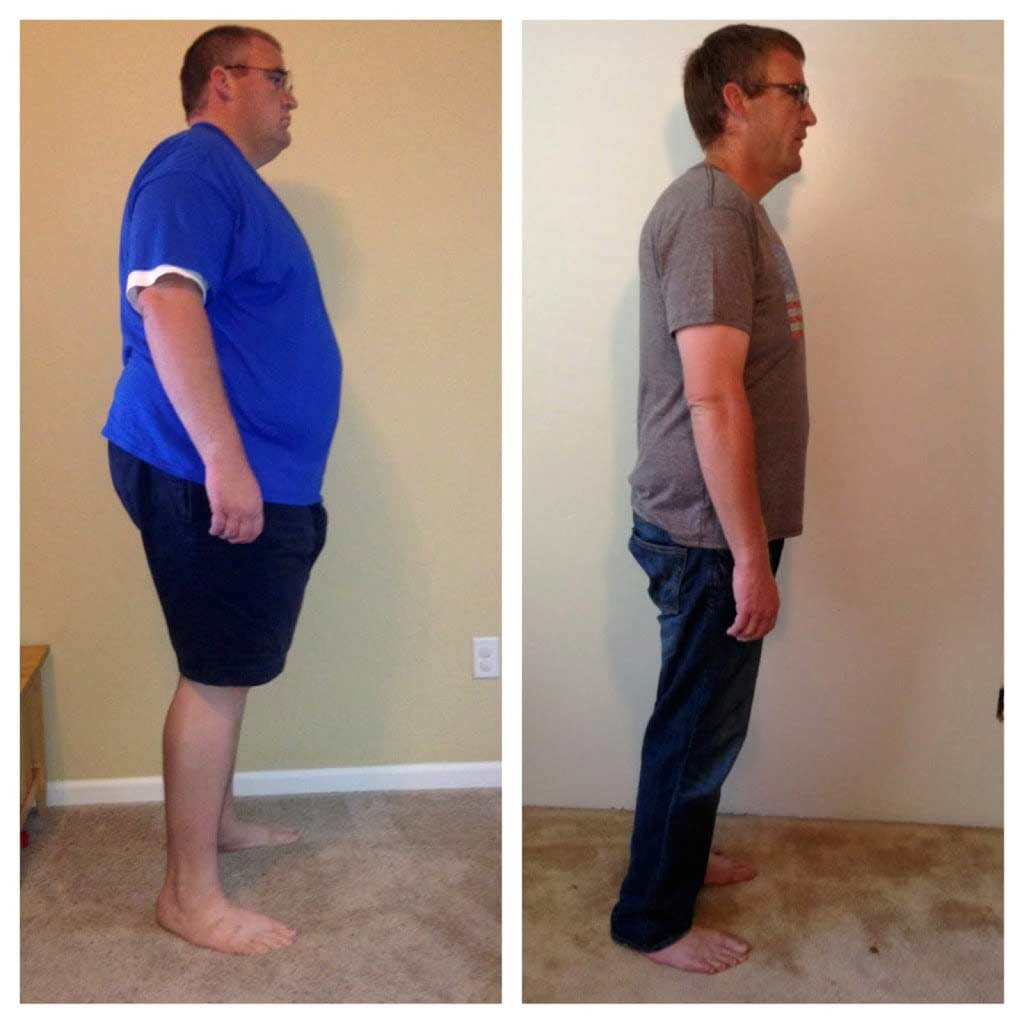Pregnancy Post Bariatric Surgery
April 04, 2015 8:11 am
Pregnancy Webinar Post Bariatric Surgery
Vitamin B6 Toxicity
April 01, 2015 7:58 pm
In recent years, we have noticed a trend of increased Vitamin B6 (Pyroxidine) levels in post Duodenal Switch patients’ laboratory studies. Vitamin B6 is a water soluble vitamin, however, toxicity can happen with an increase in supplementation. The increased availability and amounts of Vitamin B6 in more supplements such as Calcium, multivitamins and B Complex supplements could be the cause of the trend post weight loss surgery. Please be sure to check the amounts of Vitamin B6 within your daily supplements.
Vitamin B6 Function:
Vitamin B6 is an important water soluble vitamin which functions as co-enzymes in a number of metabolic pathways including amino acids, fatty acids, glycogen, and steroid hormones (estrogen, cortisol, androgens and Vitamin D) metabolism. Other biological functions are hemoglobin synthesis, immune function and inflamation, neurotransmission and gene expression. B6 has been shown to improve carpal tunnel syndrome, PMS, AADHD, Alzheimer’s, acne, lung cancer, high homocysteine levels, asthma, kidney sones, and some cases of depression and arthritis. The U.S. Daily Recommended dose ins 1.2-2mg for adults.
Toxicity has most often happened from increased supplementation and rarely from food alone except for in a subset of people who may have increased sensitivity, gene mutations or other issues with Vitamin B6. In the average person, doses of 1000mg per day which is about 800 times the daily amount from food can cause neuropathy and neurotoxicity. There have been instances of toxicity issues at doses of 500mg daily. Other symptoms associated with high levels of B6 are skin rashes, nausea, vomiting, loss of appetite, increased liver function tests, sensitivity to sunlight. Nerve damage or numbness and tingling of the feet, legs and hand, if left untreated, can become irreversible. Stop taking B6 if you experience any of these symptoms. The daily U.S. no adverse effects dose is set at a max of 200mg daily. The daily recommend max limit is 100mg daily.
Drug interactions with high doses of B6 levels are phenobarbital, phenytoin and L-Dopa and cause decrease effectiveness. B6 deficiency is a side effect of oral contraceptives, isoniazid, cycloserine, pencil amine, methylxanthines, and long term NSAIDs use due to impaired Vitamin B6 metabolism.
Once B6 levels are elevated it is important to to try to decrease intake as much as possible and levels will usually drop in weeks to months. Read your labels of drinks, energy drinks, multi-vitamin, cold supplements, high B6 foods, protein supplements, and other sources. These are items that typically have added high levels of B6 supplement. You can also avoid group Vitamin B supplements and go to individual B vitamins that are needed.
Additional information on Vitamin B6. Please have your surgeon or your primary care physician review your laboratory studies. Seek medical attention if you are experiencing any of the above symptoms or any other unusual symptoms.
Medications that negatively affect bone loss and contribute to Osteoporosis (Moved)
March 31, 2015 4:07 pm
An Example of Medications that may cause bone loss
It should be noted that this list is NOT all inclusive and gives the type of medication but does not list all the medications in that category that may affect bone health. I would also like to point out that the Proton Pump Inhibitor labels should probably be changed to “Acid Reducers” as reducing acid is the issues. https://americanbonehealth.org
Hyperparathyroidism and Weight Loss Surgery
March 13, 2015 5:57 pm
Hypoparathyroidism refers to elevated level of parathyroid hormone levels (elevated or high PTH). Parathyroid glands are two small glands that are located behind the thyroid gland. The primary function is regulation of the calcium level in the bloodstream. Parathyroid levels may be abnormally elevated for a number of reasons.
1-Primary Hyperparathyroidism
There may be abnormalities within the parathyroid glands themselves including benign and malignant tumors. Laboratory studies to assist in identifying Parathyroid hyperplasia are calcium, phosphorus, magnesium, PTH (parathyroid hormone), Vitamin D and possibly a 24 hour urine, kidney x-ray, and Dexa scan. The calcium levels in parathyroid hyperplasia are usually elevated and Vitamin D levels low. Patients can present with hypercalcemia symptoms such as kidney stones, nausea, vomiting, peptic ulcer, constipation, bone pain, bone weakness, depression, lethargy, fatigue. There are two types of Primary Hyperparathyroidism parathyroid hyperplasia and parathyroid adenomas. These both can at times be genetically linked.
Once the cause of elevated parathyroid hormone has been identified as primary hyperparathyroidism, the treatment involves surgical removal of one or more of the adenoma(s) or removal of 3.5 off all of the parathyroid glands if hyperplasia is diagnosed.
Parathyroid hyperplasia: When the growth involves all 4 of the glands. These may effect either one of the glands or all 4 of them. Majority of these are benign.
Parathyroid adenoma(s) refers to the abnormality or benign growth of one or more of the parathyroid glands.
2- Secondary Hyperparathyroidism
This is probably the most common cause of hyperparathyroidism imposed on a weight loss surgical patient. The elevated parathyroid hormone is the physiologic response all of the parathyroid glands to low calcium level. The parathyroid hormone is elevated in order to favor bone breakdown and make available for calcium to be circulating in the bloodstream. Parathyroid hormone also facilitates reabsorption of the calcium from the urine and improve absorption of the calcium from the GI tract.
The most common causes of secondary hyperparathyroidism is Vitamin D deficiency, weight loss surgery, kidney failure, Celiac or Crohn’s Disease. Lower levels of Vitamin D decrease the intestinal calcium absorption and thereby increasing PTH secretion. Vitamin D is the transport molecule for calcium. Symptoms may include bone or joint pain, muscle weakness, osteomalacia, low to normal blood calcium levels. The treatment of secondary hyperparathyroidism is correction of the underlying low calcium, low vitamin D levels. We have our Duodenal Switch patients take calcium citrate and dry water miscible type of Vitamin D3. Some people may require vitamin D injection in order to overcome deficiencies. You can find a list of supplements on our website and/or our starting point supplement recommendation in our patient workbook
Articles on Secondary Hyperparathyroidism following Weight Loss Surgery:
https://www.ncbi.nlm.nih.gov/pubmed/23015268
https://www.ncbi.nlm.nih.gov/pubmed/16354517
“Obesity Docs Should Consider Duodenal Switch”
March 10, 2015 3:10 pm
Obesity Doctors Should Consider Duodenal Switch
by Dr. Ara Keshishian
Recent article published on MEDPAGE.com
Erosion of Adjustable Gastric Band
February 17, 2015 8:22 pm
Adjustable gastric band has been promoted as a minimally invasive procedure. The long term data has proven this not to be the case. One of the complications is erosion of Adjustable Gastric Band. The adjustable gastric band results in the least amount of weight loss, as well as the lowest rate of resolution of the co-morbidities of all weight loss surgical procedures. As for the minimally invasive claim of the AGB, one has to also consider all the adjustments, the radiation exposure related to the upper GI and X-rays, as well as the upper endoscopies that are necessary to maintain a band. I would argue that an average band is much more invasive when one accounts for the total number of procedure that are done on a band patient.
Other complications arise, when, not if, a band needs to be surgical revised or removed. Band removal requires an extensive amount of scar tissue dissection to expose the band before it can be removed. This is an example of a patient with erosion of the band.
Note the very thick scar tissue that is formed around the band (the white tissue on the left lower corner)
Gall Bladder- Should the Gall Bladder Be Removed During Duodenal Switch?
February 16, 2015 1:17 pm
The indication for concurrent cholecystectomy (gall bladder removal) with weight loss surgery is not clear. There is some scientific literature that recommends against cholecystectomy at the time of the Gastric Bypass RNY operation. To the best of my knowledge, there is no such studies looking specifically at the indication of cholecystectomy with duodenal switch operation.
My rationale for doing a cholecystectomy with every Duodenal Switch patient is that there is not only higher incidence of asymptomatic cholecystitis present but also due to limited access to the biliary tree. The transection of the duodenum and removal of the greater curvature of the stomach both limit access to the biliary tree. Additionally, the patient recovering from weight loss surgery, may not be in the best nutritional status to undergo a subsequent operation for gallbladder removal. A second surgery could add to nutritional issues due to protein needs for healing, risk of infection, hernia formation, etc.
From a technical aspects, in Duodenal Switch operation, the liver and the gall bladder need to be elevated in order to expose the anterior surface of the duodenum where the transection of the duodenum is performed. Doing a cholecystectomy at the time of the duodenal switch operation, more often than not only add a few minutes to the operation. In the majority of patients, long-term this saves them the potential need for a subsequent operation at a later date should they develop gallstones or gall bladder attack.
When I perform a Sleeve Gastrectomy the duodenum is not transected or dissected, and thus I do not remove the gall bladder when doing sleeve gastrectomy. I do, however, remove the gall bladder when doing primary Duodenal Switch for revision from a Gastric Bypass RNY to the Duodenal Switch operation.
Shared Success Story- Brad P.
January 29, 2015 9:53 pm
Congratulations Brad on all your success and weight loss! You have accomplished a remarkable transformation!
Nearly 16 years Post DS
January 29, 2015 3:24 am
Surgical Treatment of Esophageal Achalasia (Esophageal Motility Issue)
January 23, 2015 6:50 pm

